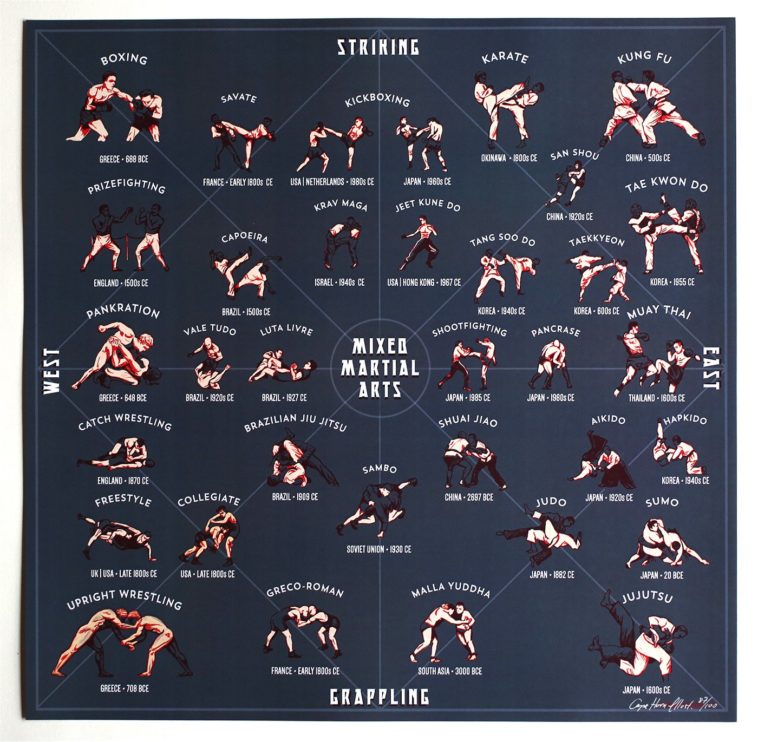The Development And Historic Context Of Martial Arts Worldwide
The Development And Historic Context Of Martial Arts Worldwide
Blog Article
Published By-Hess Matthews
Martial arts have a fascinating history that spans centuries and continents. You might find it appealing how ancient practices like Shuai Jiao and Kalaripayattu laid the groundwork for modern-day fight strategies. These techniques not just stress physical skills yet also show the cultures that birthed them. As martial arts game discover their development, consider how globalization has transformed these typical forms right into hybrid styles. What impacts do you believe have shaped today's martial arts landscape?
Ancient Martial arts: The Structures of Battle
As you explore the world of ancient martial arts, you'll find the abundant foundations that formed battle strategies throughout societies. Early methods focused on Self-Defense and survival, usually integrating strikes, grappling, and weaponry.
In old China, as an example, strategies like Shuai Jiao highlighted throws and joint locks, while India's Kalaripayattu showcased agility and fluid motion. Japanese samurai established Kenjutsu, a polished swordsmanship that highlighted discipline and method.
These martial arts served not just for fight but additionally as a way of personal growth, instilling values like regard and perseverance. The blending of these techniques in time prepared for the diverse martial arts you see today, each reflecting the distinct philosophies and demands of its culture.
The Cultural Influence on Martial Arts Development
While martial arts typically show the practical demands of a society, they additionally personify the social values and ideas of their beginnings. When you explore various martial arts, you'll discover just how they're affected by religion, viewpoint, and social norms.
For instance, the focus on regard and self-control in Japanese martial arts stems from Zen Buddhism and samurai society. In contrast, Brazilian Jiu-Jitsu advertises adaptability and strategy, formed by the demand for efficiency in a varied, multicultural environment.
https://www.lowkickmma.com/fighter-suffers-horrific-leg-ankle-injury/ might locate that the rituals, uniforms, and training methods show a neighborhood's background and identity. By recognizing these social influences, you strengthen your appreciation of martial arts and their function fit human experiences across the globe.
Modern Adaptations and the Globalization of Martial arts
Martial arts have actually transformed considerably in current decades, adapting to contemporary culture and international influences. You'll notice that standard forms have combined with modern-day strategies, producing hybrid styles like mixed martial arts. These adaptations cater to diverse audiences, making martial arts available and attractive globally.
With the surge of social networks and electronic platforms, you can locate tutorials and competitors from all corners of the globe, damaging geographical obstacles. This globalization has actually caused a shared gratitude for numerous techniques, from Brazilian Jiu-Jitsu to Taekwondo.
As you engage with these arts, you'll realize they're not just about battle; they advertise health and fitness, technique, and mental well-being.
Inevitably, contemporary adjustments have enriched the martial arts landscape, making it a vibrant and developing technique.
Final thought
In exploring the history and development of martial arts, you uncover a remarkable blend of techniques, cultures, and viewpoints. From old self-controls like Shuai Jiao and Kalaripayattu to the contemporary versatility seen in MMA, martial arts mirror humankind's quest for Self-Defense and personal development. As you engage with these techniques, you not just gain abilities but additionally a much deeper admiration for the varied traditions that form our globe today. So, proceed your journey and accept the art of fight!
